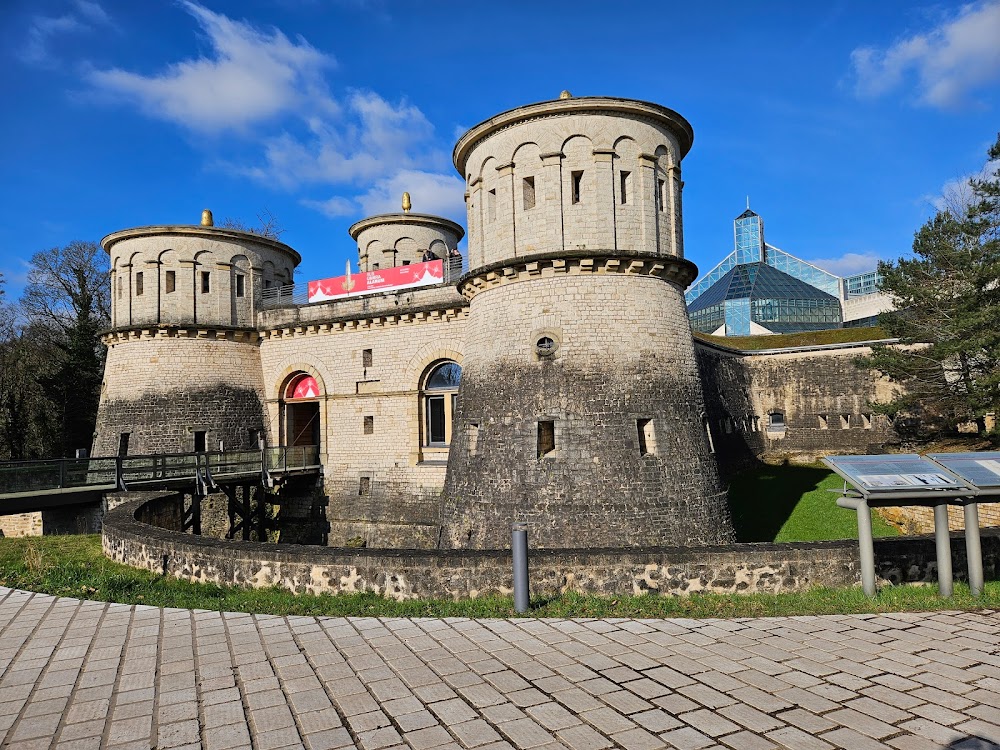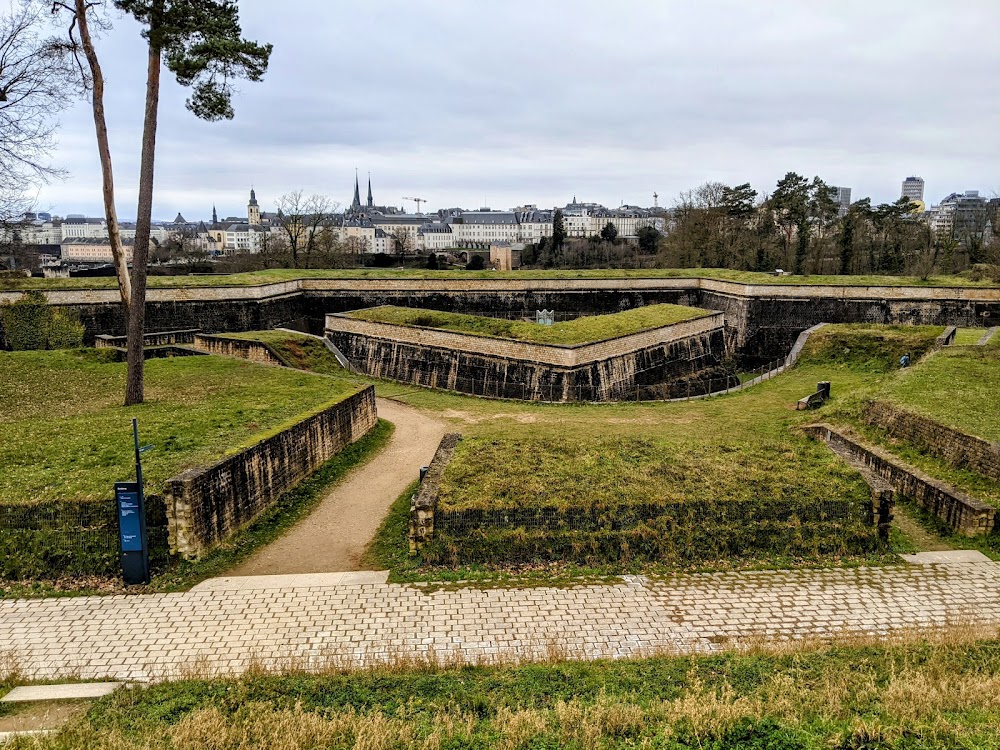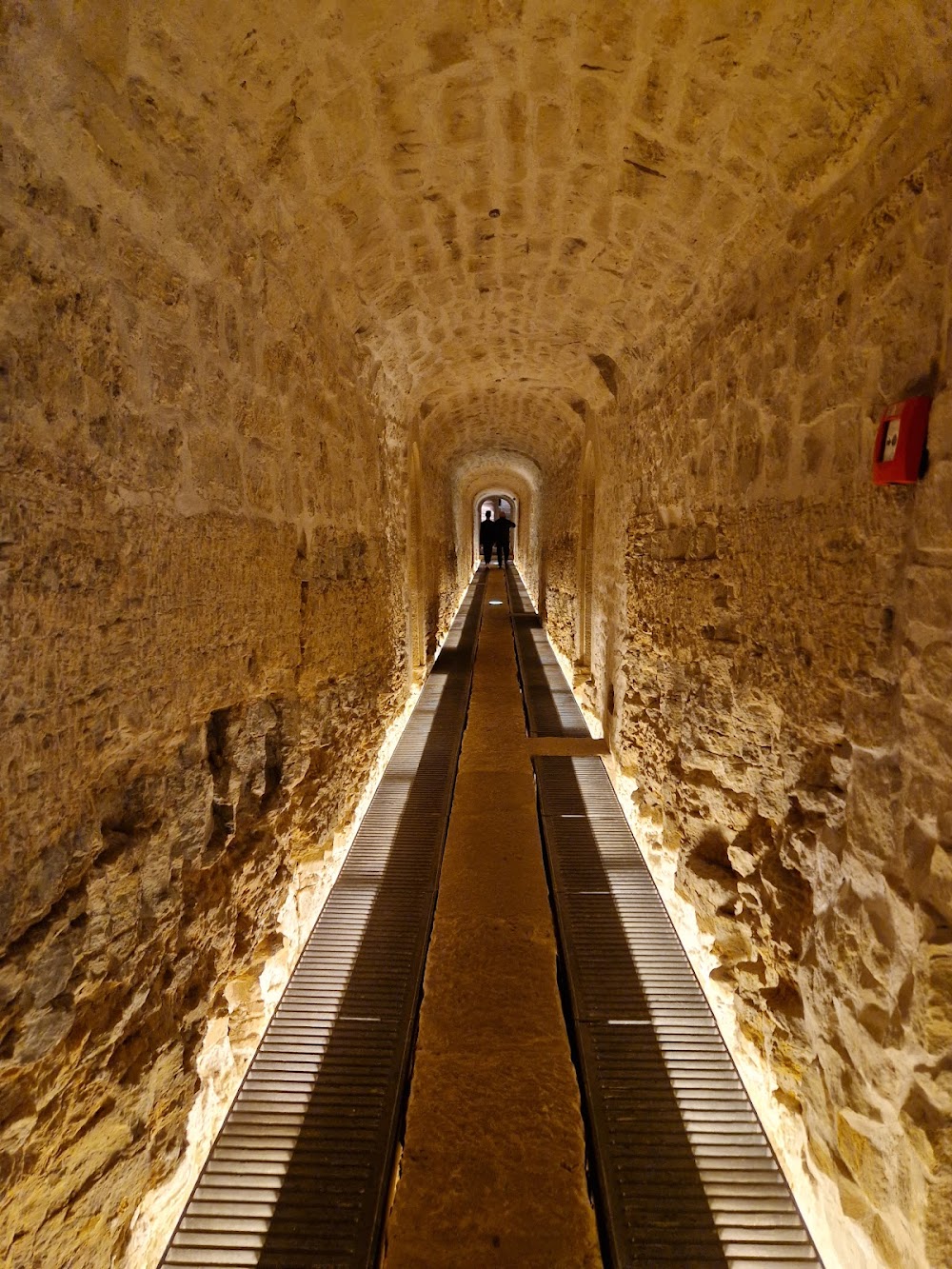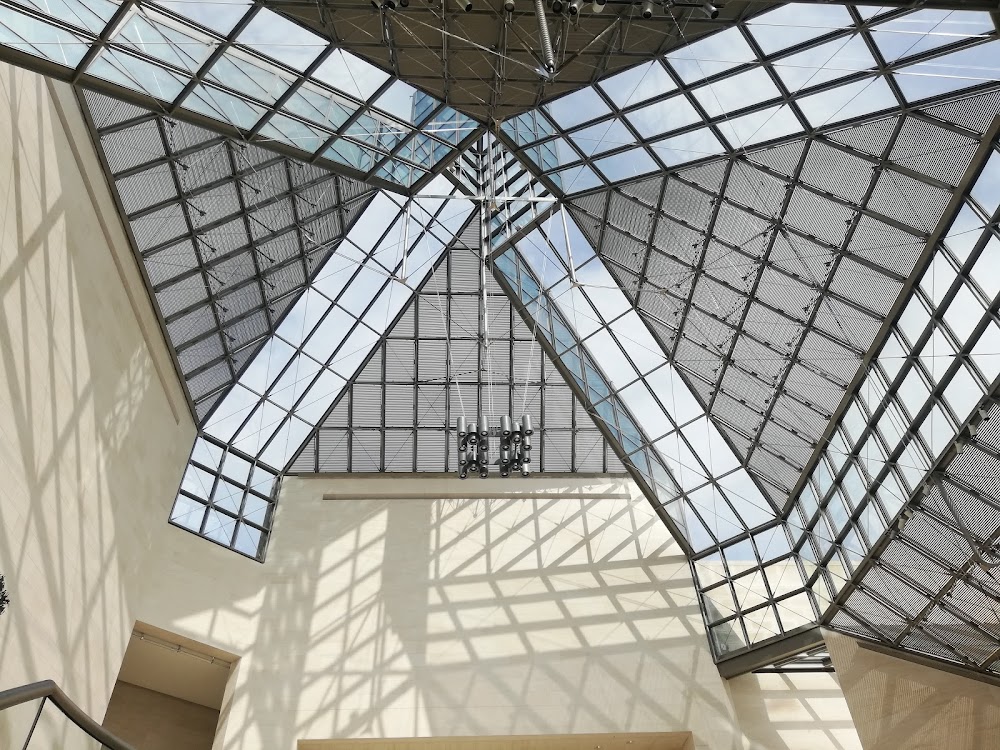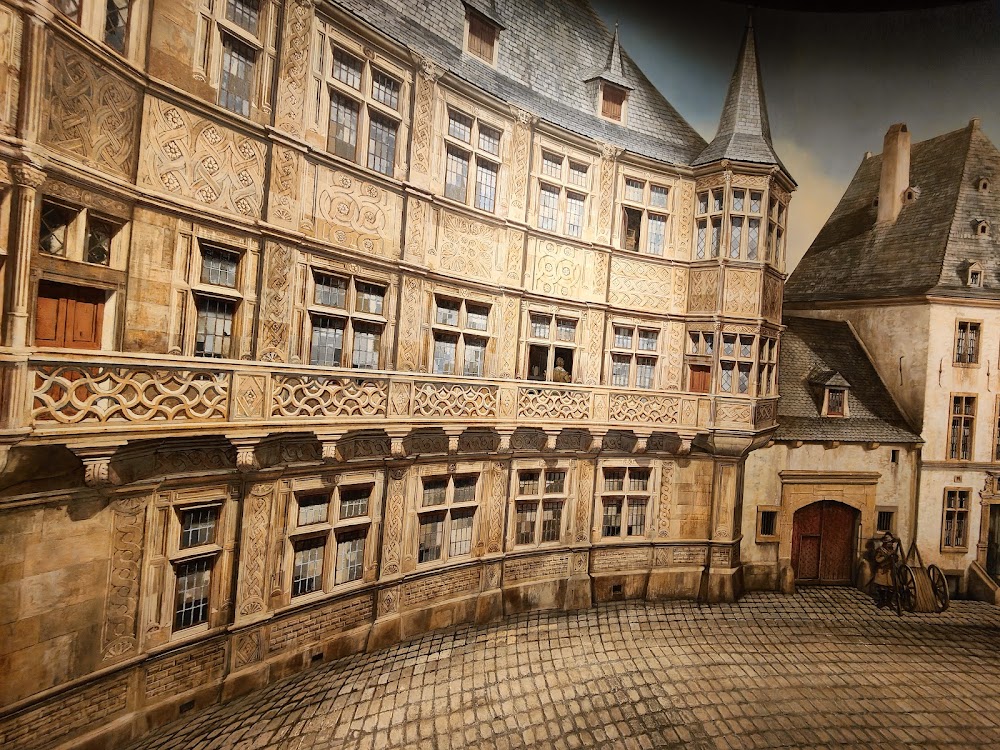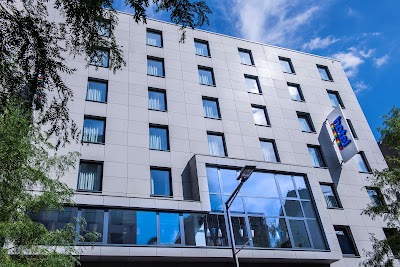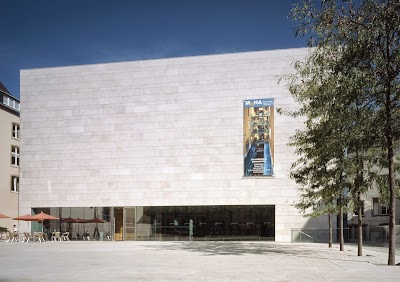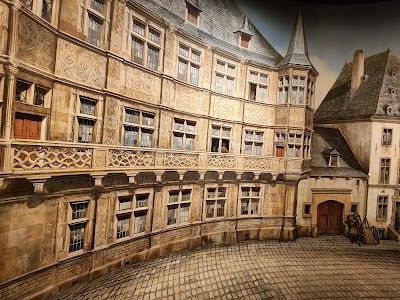Fort Thüngen (Fort Thüngen)
Overview
Discovering Fort Thüngen
Nestled in the scenic Canton of Luxembourg, Fort Thüngen is a remarkable historical site that tells the story of the region's military significance throughout European history. Constructed in the 18th century, this fortification reflects the strategic importance of Luxembourg during numerous conflicts and showcases its rich architectural heritage.
Historical Background
The construction of Fort Thüngen began in 1732, commissioned by the Austrian authorities who governed Luxembourg at the time. This fort was designed as part of a broader series of defensive works aimed at bolstering the city’s fortifications against potential invasions from France. Named after the Austrian engineer and military commander, Baron Adam Sigmund von Thüngen, the fort embodies the military engineering prowess of its era.
Architectural Features
Constructed from local sandstone, Fort Thüngen incorporates elements typical of bastioned fortresses from the 18th century. Its most striking features are the three large circular towers known as "Les Trois Glands" or "The Three Acorns." These towers served as vital defensive strongholds, equipped with cannons to fend off enemy advances. Strategically positioned, each tower provided overlapping fields of fire, ensuring comprehensive coverage of the surrounding landscape.
Strategic Location
Perched on the Kirchberg Plateau, Fort Thüngen boasts a commanding view of the Alzette River valley and the approaches to Luxembourg City. This elevated position not only enhanced the fort's defensive capabilities but also served as a crucial observation point for monitoring enemy movements. The natural topography of the Kirchberg Plateau further fortified the fort's defensive design, making it a formidable barrier against advancing forces.
Evolution Through the Years
Over time, Fort Thüngen underwent various expansions and renovations. Its walls were fortified, and barracks and storage facilities were added to accommodate a growing military presence. Beyond serving as a defensive structure, the fort became a base of operations during several military engagements, highlighting its ongoing strategic importance.
19th Century Developments
The 19th century marked a period of heightened strategic relevance for Luxembourg, leading to further enhancements of its fortifications under the guidance of renowned military engineer Vauban. These improvements included the addition of moats and reinforced walls, rendering Fort Thüngen even more impregnable. However, following the Treaty of London in 1867, which mandated Luxembourg’s neutrality, many fortifications were dismantled, yet Fort Thüngen was spared due to its unique architectural significance and historical value.
Restoration and Preservation
In the latter half of the 20th century, significant efforts were made to restore and preserve Fort Thüngen. Restoration work ensured the structural integrity of the fort while transforming it into a prominent historical site. The surrounding area was also developed to improve accessibility for visitors, making it easier to explore this remarkable piece of history.
A Living Museum
Today, Fort Thüngen is an essential part of the Musée Dräi Eechelen, a museum dedicated to Luxembourg's military history and cultural heritage. The museum features exhibits that delve into the fort's storied past, its role in various conflicts, and the evolution of Luxembourg's fortifications. Visitors can wander through the fort's preserved sections, including tunnels, barracks, and the iconic towers, gaining insight into the region's military legacy.
A Symbol of Resilience
Fort Thüngen stands as a testament to Luxembourg's strategic significance and architectural ingenuity throughout European history. It embodies the resilience of the people who built and maintained it. As a well-preserved historical site, Fort Thüngen continues to educate and inspire visitors, offering a tangible connection to the rich military heritage of Luxembourg. Whether you're a history buff or simply looking to explore, a visit to Fort Thüngen is an unforgettable experience.


